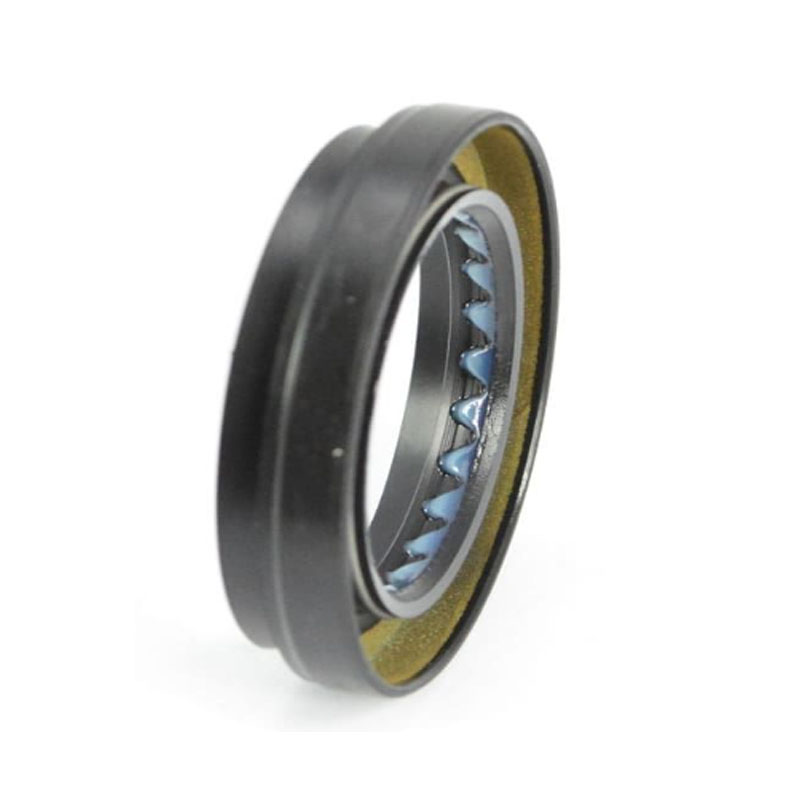Understanding the Importance of the Main Crank Seal in Engine Performance
Understanding the Importance of the Main Crank Seal in Engine Performance
The main crank seal, often overlooked during routine maintenance, plays a crucial role in the overall health and efficiency of an internal combustion engine. This component is designed to prevent oil leaks from the crankcase and to keep dirt and contaminants from entering the engine. In this article, we will explore the significance of the main crank seal, the common issues associated with it, and how proper maintenance can enhance engine longevity.
What is the Main Crank Seal?
The main crank seal is a rubber or composite gasket located at the junction where the crankshaft exits the engine block. Its primary function is to seal the crankcase, preventing engine oil from leaking out, while also allowing the crankshaft to rotate smoothly. The seal is positioned behind the harmonic balancer or flywheel, depending on the engine configuration, and is subjected to high levels of heat and pressure, which can contribute to its wear over time.
The Functions of the Main Crank Seal
1. Preventing Oil Leakage The most critical job of the main crank seal is to maintain the integrity of the oil within the engine. Oil is essential for lubrication, cooling, and cleaning the moving parts, and any leakage can result in inadequate lubrication, leading to increased friction and eventual engine damage.
2. Contaminant Exclusion In addition to keeping oil in, the main crank seal prevents dust, dirt, and other foreign particles from infiltrating the engine. Contaminants can cause significant wear to engine components, resulting in premature failure.
3. Pressure Retention The crank seal is also essential for maintaining proper pressure within the crankcase. This pressure is crucial for the lubrication system to function effectively, ensuring that oil reaches all necessary components.
Common Issues with the Main Crank Seal
Like any component, the main crank seal is subject to wear and tear. Here are some common issues associated with crank seals
main crank seal

1. Wear and Tear Over time, exposure to heat, oil, and engine vibrations can cause the seal to wear down. This wear can result in cracks or deformities, allowing oil to escape.
2. Improper Installation If the seal is not installed correctly, it can lead to leaks shortly after installation. Ensuring that the seal is seated properly is essential for its effectiveness.
3. Contamination Dirt or debris trapped in the seal can wear it down prematurely. Regular inspections can help prevent this issue, as can maintaining a clean engine environment.
4. Compatibility Issues Using the wrong type of seal for a specific engine can lead to compatibility issues. It's essential to use manufacturer-approved seals to ensure optimal performance.
Signs of a Failing Main Crank Seal
Recognizing the signs of a failing crank seal can save car owners from significant repair costs. Key indicators include
- Oil Leaks Puddles of oil beneath the vehicle or an oily residue around the area of the crankshaft are clear signs of a failing seal. - Increased Oil Consumption If you find yourself frequently adding oil to the engine, it may be due to leaks emanating from a damaged crank seal. - Engine Smell A burning smell, often indicating oil burning on hot engine components, can be a result of oil leaks from the crank seal.
Maintenance and Replacement
Regular maintenance can prolong the life of the main crank seal. This includes routine oil changes, checking for leaks, and inspecting engine components for wear. If a seal is replaced, it's crucial to ensure that the installation is done correctly and that the new seal fits snugly.
In conclusion, the main crank seal plays a vital role in maintaining the efficiency and longevity of an engine. Regular checks and precautionary maintenance can prevent leaks and ensure that the engine continues to operate smoothly. Understanding the significance of this component allows car owners to take proactive measures, safeguarding their investment and enhancing vehicle performance.
-
Simplifying Oil Changes: A Comprehensive Guide to Oil Drain Plugs and Their Variants
News Aug.04,2025
-
Mastering Oil Drain Maintenance: Solutions for Stripped, Worn, and Upgraded Oil Plugs
News Aug.04,2025
-
Fixing Oil Pan Plug Issues: Leaks, Stripped Nuts, and the Right Replacement Solutions
News Aug.04,2025
-
Everything You Need to Know About Oil Drain Plugs: Sizes, Fixes, and Upgrades
News Aug.04,2025
-
Choosing the Right Oil Drain Plug: A Guide to Sizes, Materials, and Drain Innovations
News Aug.04,2025
-
A Complete Guide to Automotive Drain Plugs: Types, Problems, and Innovative Solutions
News Aug.04,2025
-
The Ultimate Guide to Car Repair Kits: Tools and Essentials Every Driver Should Own
News Aug.01,2025
Products categories















